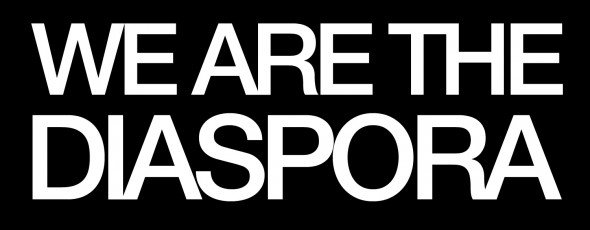 |
| Image: What is the diaspora? |
The word diaspora is used to identify dispersal, once defined only as the dispersal of the Jewish people during 722 B.C. Those that experience a form of diaspora feel a sense of disempowerment as well as being involved in different losses. Through diaspora one may lose the feeling of themselves and their community, however attempts are made to keep these feelings and any memories shared alive among the population. Ma Mung (2005), states that "This memory/history justifies for each
individual their belonging to the diaspora" (pp.36).
Diaspora can have an effect in both reality, as well as in the online world. As mentioned in the lecture this week, diaspora, meaning dispersal can have two features. "1. A hub of origin (a central pole of dispersal and various clustered places of immigration) 2. Links (real or imagined) between members of the various poles of the migratory space" (Kuttainen, 2015). A more recent form of diaspora can be seen with social networks amongst today's generation. Virtually, if one has moved across social networks either due to popularity or just to keep close with friends, then they have experienced diaspora. Take MSN and Facebook as an example.
Before the popularity of Facebook, other virtual networks such as MSN were the main form of contact for young students to keep that interaction amongst their friends after school. With the hype of Facebook many users were switching across, moving from one form of social network to another. Once the majority of the MSN population dispersed, in order for people to stay in contact with others everyone else had to jump ship as well. This impacted MSN greatly and ended up forcing the closure of what was once a very popular site. Facebook, being the main cause for this dispersal, also accommodated to those affected by this diaspora to stay connected with others from their 'homeland' MSN.
References
Kuttainen, V. (2015). BA1002: Our space: networks, narratives and the making of place, Lecture 7: people networks. [PowerPoint slides]. Retrieved from http://learnjcu.edu.au
Ma Mung, E (2005). Disapora, spatiality, identities. Comparative Eurpoean research in migration, diversity and identities. (pp.33-48). Bilbao, Spain: University of Deusto
Image Credits:
Bassey, M. (n.d). What is the diaspora? Retrieved from http://www.419doc.com/what-is-the-diaspora/
No comments:
Post a Comment